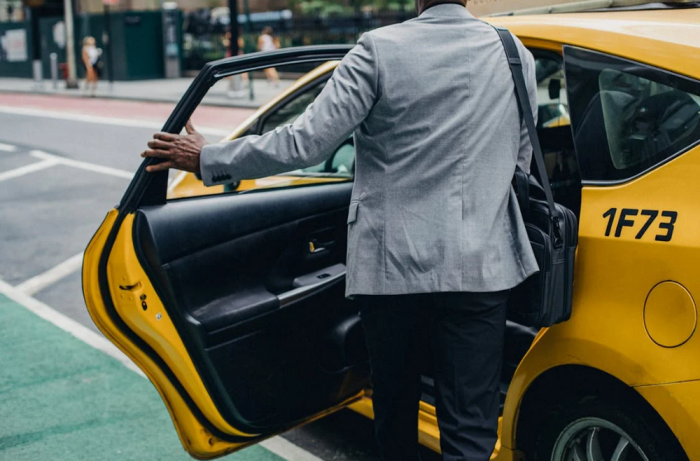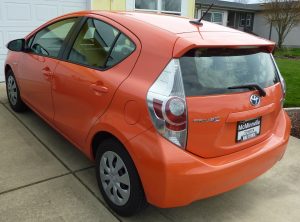Nicotine pouches are becoming increasingly popular in various sectors. Their use in public spaces, among taxi drivers and passengers, for instance, does not come as a surprise. The popularity of nicotine pouches in taxis can be attributed to several factors, most of which influence human tendencies. Here are some underlying drivers that explain why people in taxis opt for nicotine pouches over other alternatives.
Discreetness
It is not always easy to tell whether someone uses nicotine pouches or not. As such, the discreet nature of Nicotine pouches used in the UK makes them socially acceptable in a taxi or in public spaces where vaping is frowned upon. In a cab, where drivers and passengers share confined spaces, pouches allow someone to get their nicotine hit without being frowned upon.
Convenience
Pouches are a convenient way to attend to your nicotine cravings. In a taxi, where access to traditional tobacco products or smoking space is limited, pouches come in handy. Anyone onboard can get a nicotine hit without violating basic taxi etiquette or causing discomfort to those around them.
Perceived Autonomy
Pouches also grant users a sense of autonomy over their nicotine use. The fact that an individual, driver, or passenger is not limited can be massively comforting. Also, the fact that users do not keep getting odd looks means they can regulate their intake without external pressures.
Habit
Personal tendencies also explain why nicotine pouches in the UK are engrained in the taxi industry. For travellers or drivers who are accustomed to getting nicotine hits during certain times of the day or while doing something, pouches are often deemed to be a must-have.
In conclusion, the drive towards the use of nicotine pouches in many parts of the UK can be linked to a combination of different factors, and not necessarily those on this list. By understanding these drivers, it becomes clear why some individuals choose to use nicotine pouches in taxis.



 as extras. So most people in the taxi business stick with black for uniformity and to save on cost.
as extras. So most people in the taxi business stick with black for uniformity and to save on cost.
 ealized that some of his trade-ins stayed in the yard for a painfully long time. So he decided to make these cars useful by turning them into cabbies.
ealized that some of his trade-ins stayed in the yard for a painfully long time. So he decided to make these cars useful by turning them into cabbies.

 s to introduce carriage hire. But it wasn’t long before these two cities became chaotic after so many people tried to get into the business. And that called for regulation. After that, the industry evolved with the automobile sphere to what it is today.
s to introduce carriage hire. But it wasn’t long before these two cities became chaotic after so many people tried to get into the business. And that called for regulation. After that, the industry evolved with the automobile sphere to what it is today. and taxi companies may have stringent controls in place which make them safer.
and taxi companies may have stringent controls in place which make them safer.


 h2>A Taste of Luxury
h2>A Taste of Luxury


 Toyota Prius
Toyota Prius